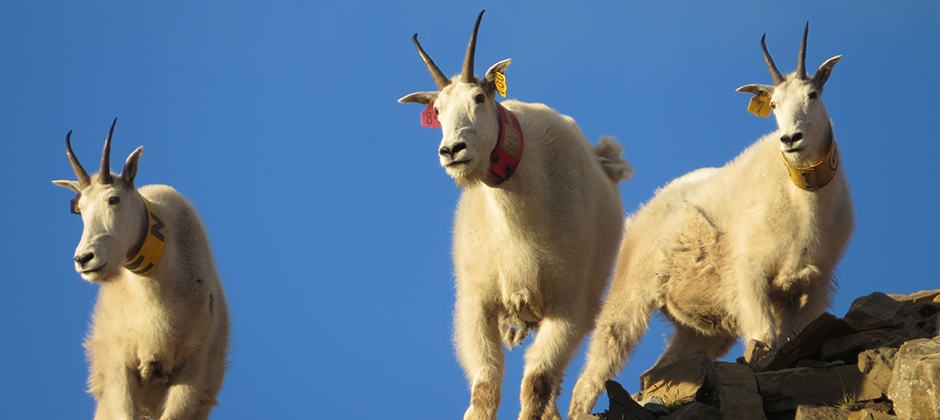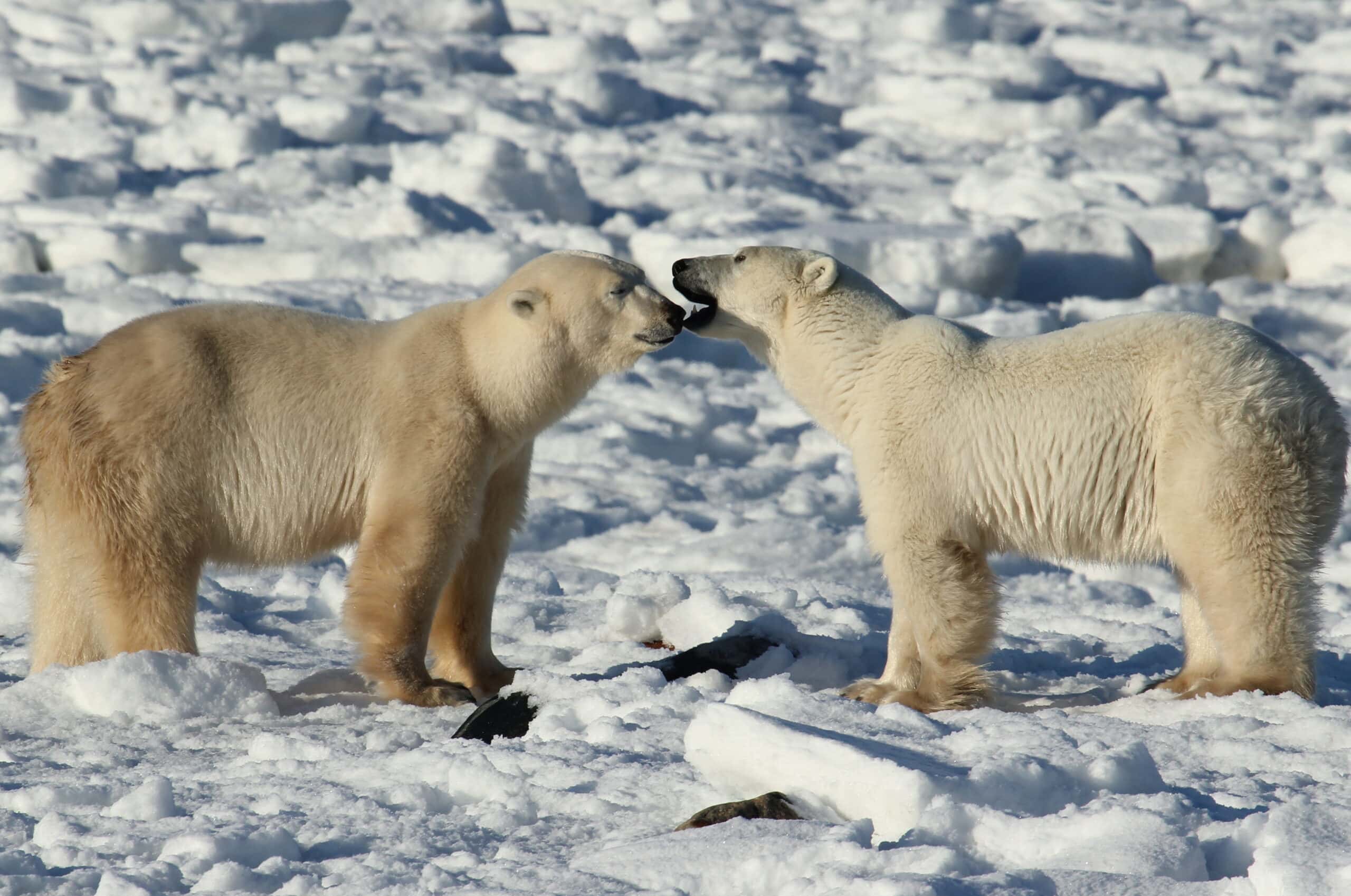Share this article
Wild Cam: Predators stress mountain goats
Frederic Dulude-de Broin sat on top of a mountain in the Canadian Rockies with a telescope, waiting above the forested valleys for mountain goats on the alpine peaks to take care of their business. Once they were done, he zoomed in with his camera to snap a shot, then radioed a colleague to direct him to the fresh goat scat.
“Because I had the camera, I was lucky to be the picture taker,” joked Dulude-de Broin, who was working on his master’s degree at Laval University in Quebec at the time. Throughout their research, though, the dirty work was a shared duty. “I never thought I would be so happy to pick up scat,” he said.
The fresh fecal samples the team collected from mountain goats (Oreamnos americanus) and other work conducted as part of a study published recently in Functional Ecology revealed that the presence of predators can affect reproductive success of mountain goats.
“The more predators that there were, the higher the stress was in the population and the lower the reproduction,” said Dulude-de Broin, who is now a PhD student at Laval.
Enlarge
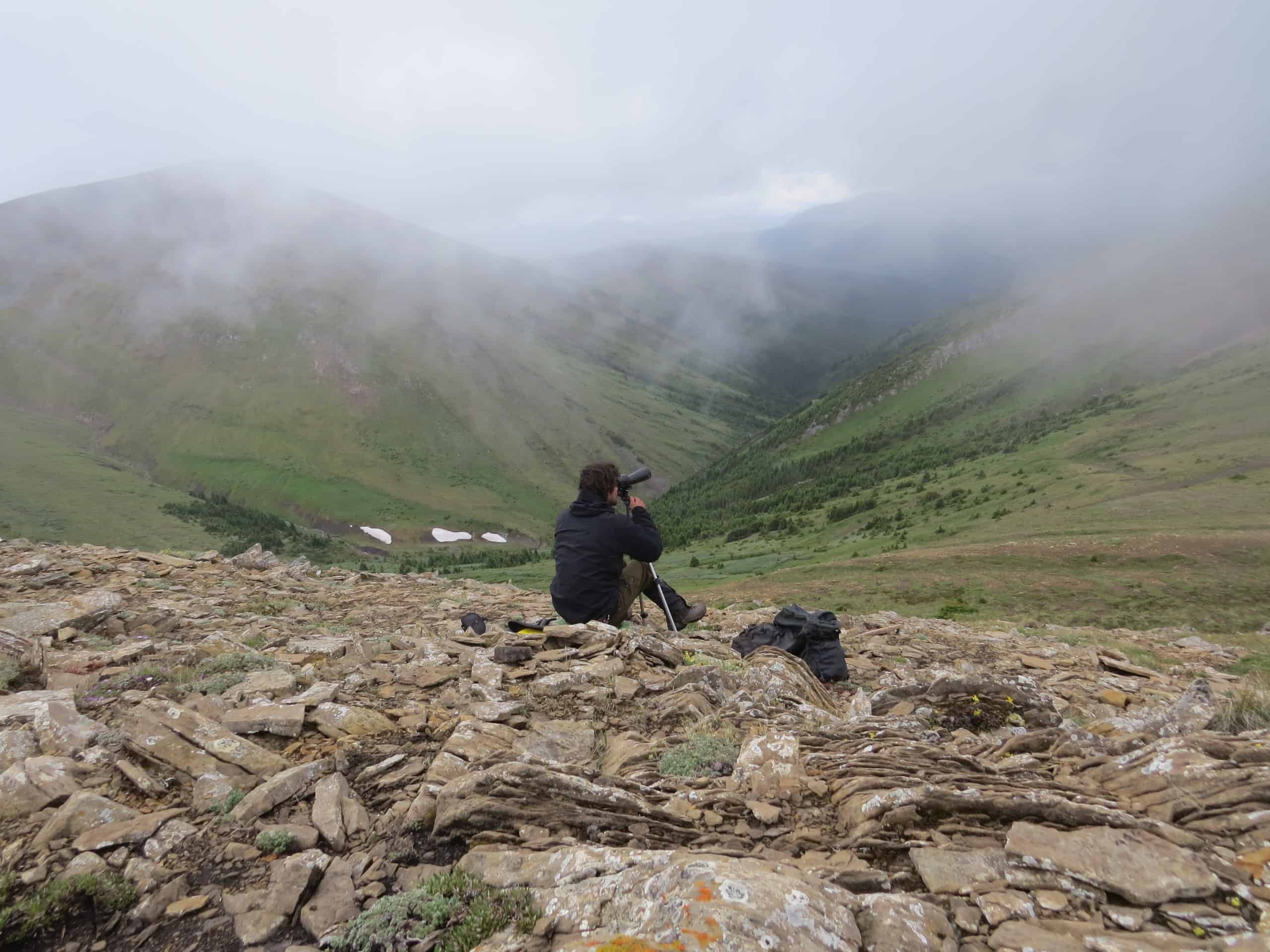
Credit: Frederic Dulude-de Broin
Previous studies had shown that stress from predators can have a number of impacts on prey animals, like snowshoe hares (Lepus americanus). Another recent study showed that climate change may be causing stress in polar bears (Ursus maritimus) in western Hudson Bay.
Enlarge
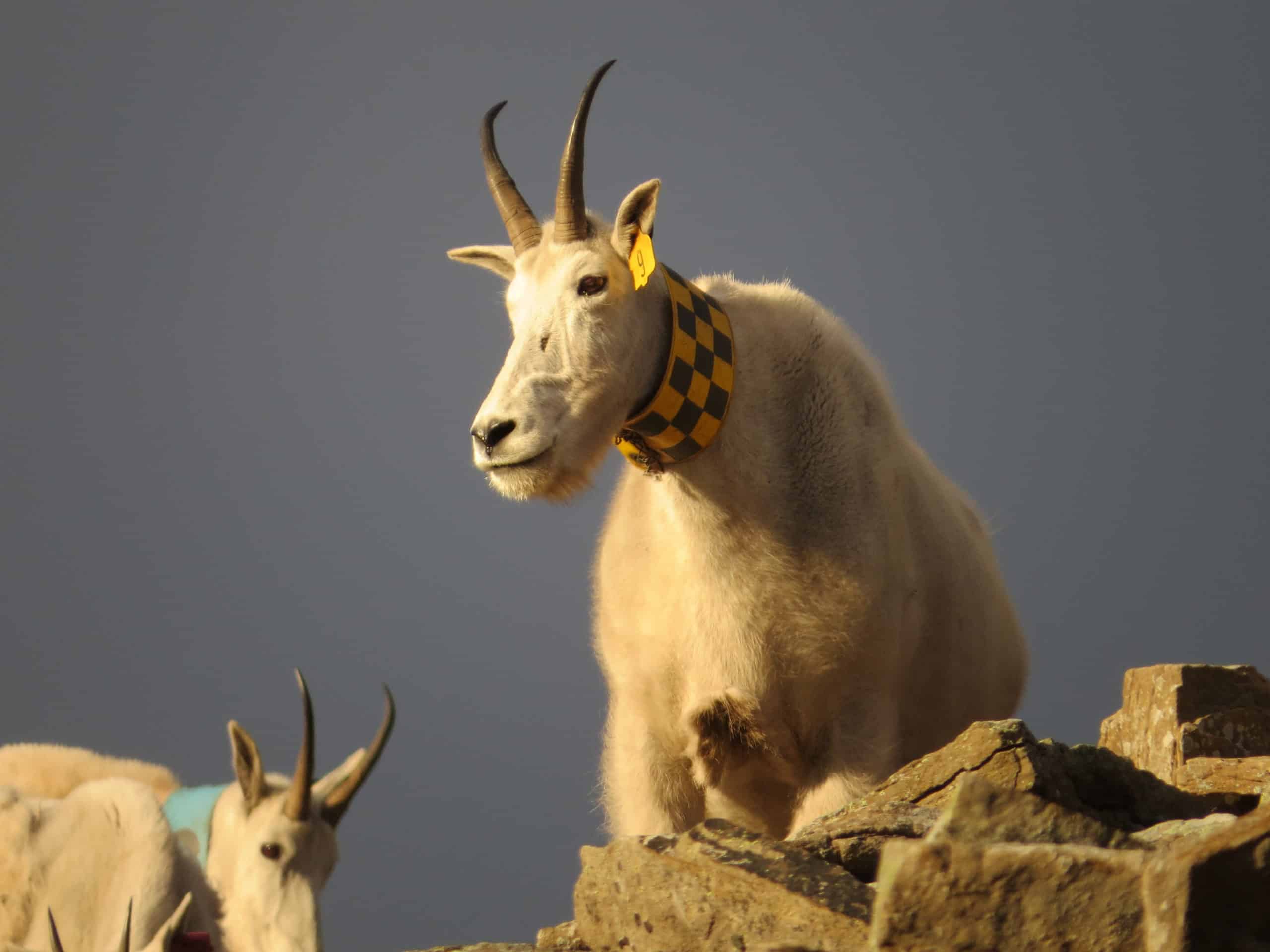
Credit: Frederic Dulude-de Broin
Dulude-de Broin and his co-authors set out to determine how predators were affecting stress in mountain goats in a population on Caw Ridge, a mountain just north of Jasper National Park in Alberta.
The goats there, which have been continuously monitored for about two decades, are relatively isolated on a complex of several ridges about the tree line. While the population had over 150 individuals in the first decade of the 2000s, it began to decline, partly due to an uptick in predation. The herd now has only about 30 goats.
Enlarge
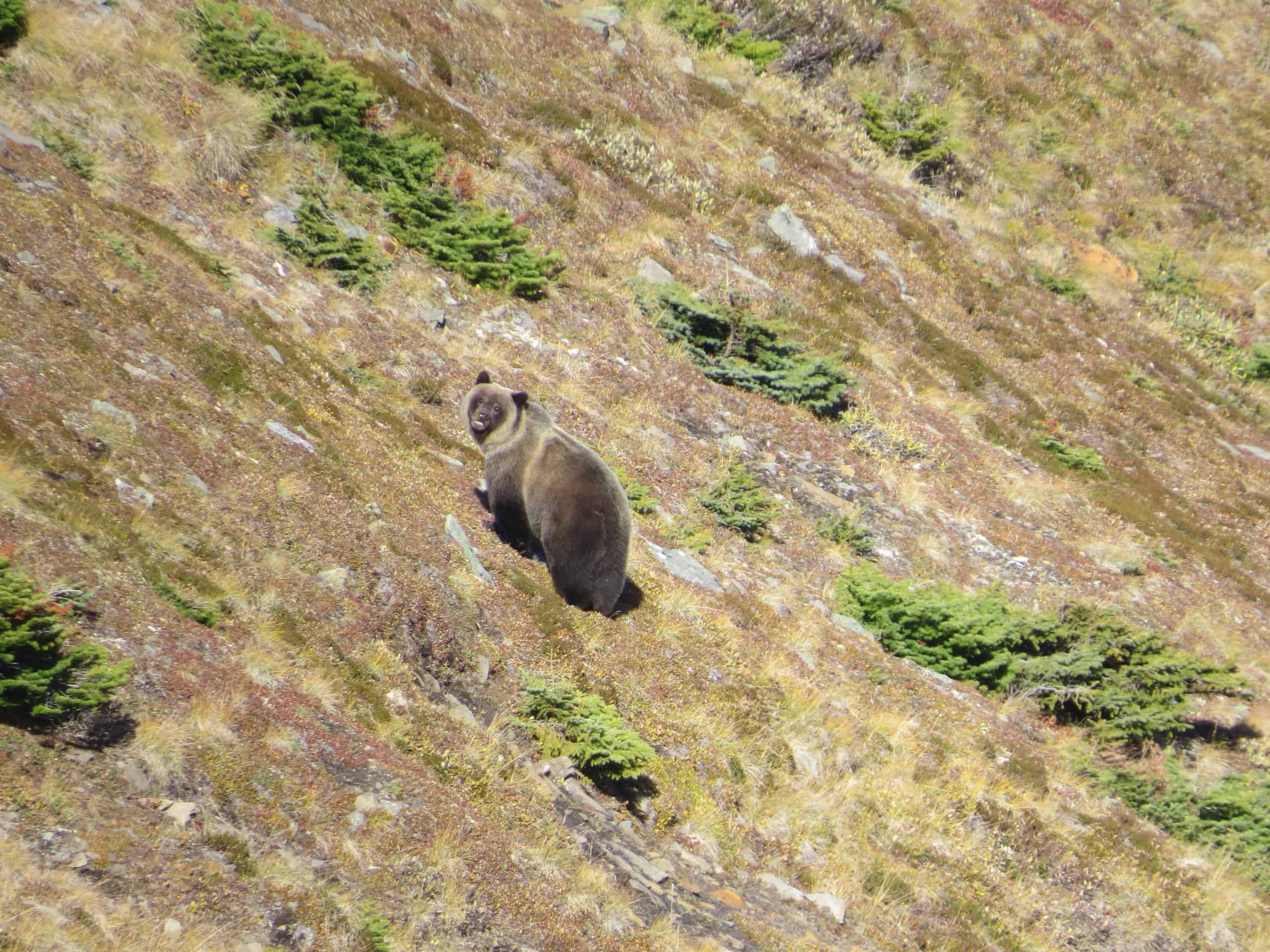
Credit: Frederic Dulude-de Broin
The main predators of mountain goats in the area are grizzly bears (Ursus arctos horribilis), wolves (Canis lupus) and cougars (Puma concolor). But the researchers also considered black bears (Ursus americanus), coyotes (Canis latrans) and wolverines (Gulo gulo) as predators since those species were seen periodically chasing goats, which could cause stress.
Enlarge
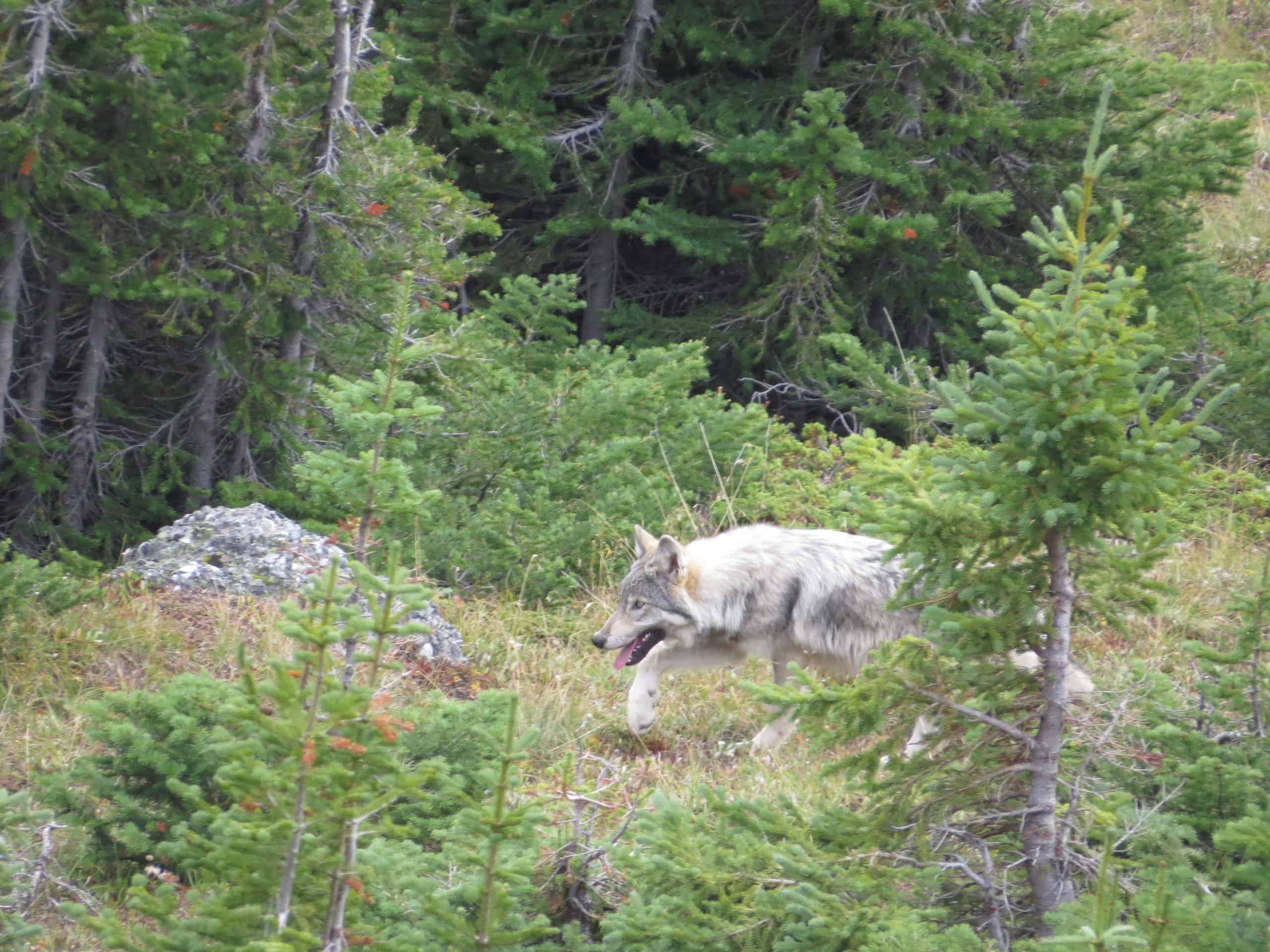
Credit: Frederic Dulude-de Broin
As the number of goats dropped, so did the rate of reproduction. From 2006 to 2016, the female reproduction rate dropped from 50% to 20%. In 2016, no females reproduced. Researchers initially thought the drop was due to body condition, but analysis showed the female mountain goats’ body conditions were fairly good, some even better than in years with lower predation.
Enlarge
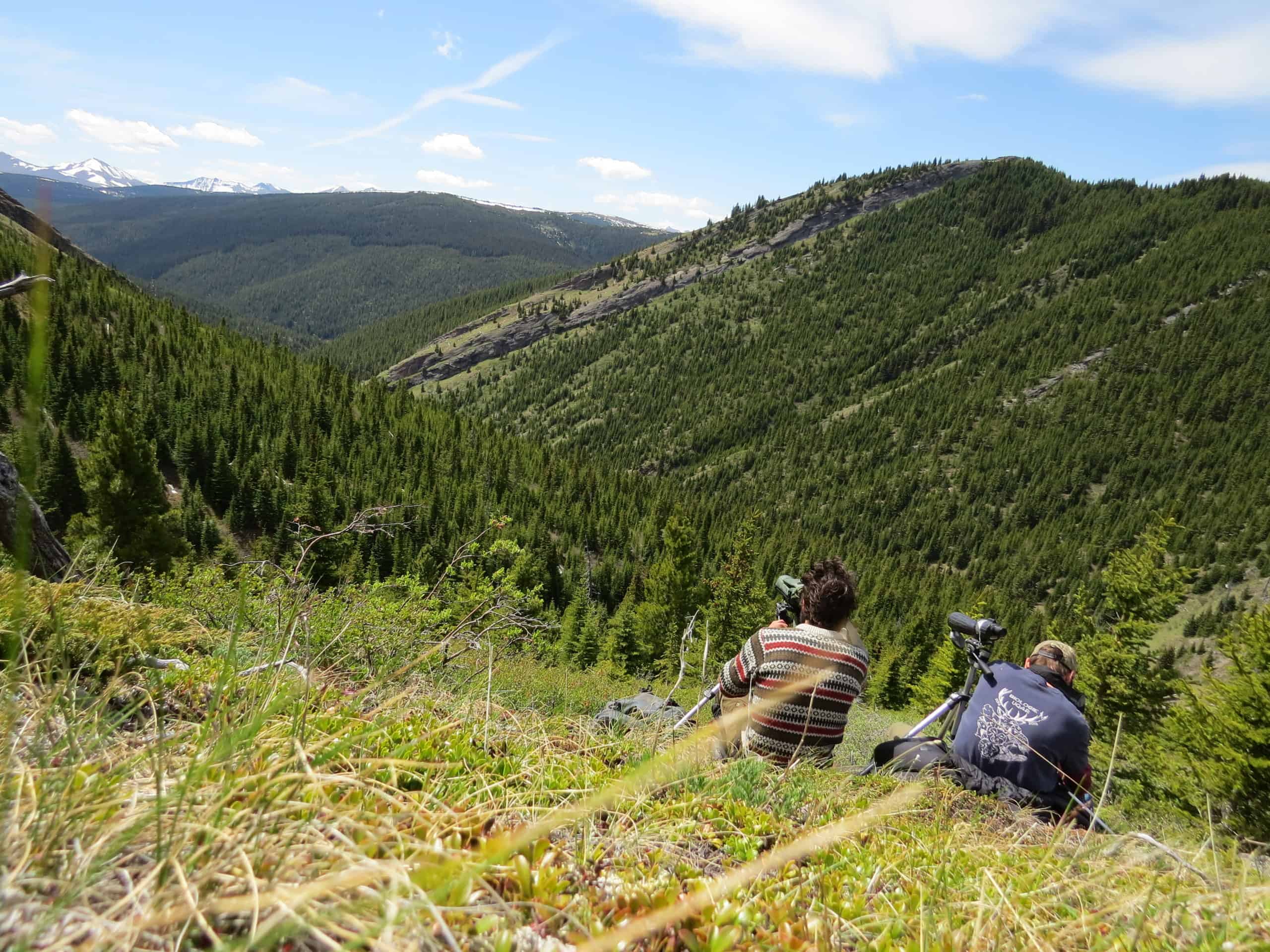
Credit: Frederic Dulude-de Broin
The researchers thought that predation risk may also be affecting the reproduction rate. To find out, Dulude-de Broin kept a close watch on goats and predators from the safety of the next mountain over. He recorded the presence and absence of predators near goats as his colleagues picked up goat scat samples.
Dulude-de Broin and his colleagues ended up with a lot of goat scat. As he flew back with it at the end of one summer, his cooler full of 200 samples ended exceeded the airline’s weight restrictions. “The airline attendant accepted it when I told her it was in our mutual interest that I don’t open it to reduce the weight,” he joked.
Back in the lab, Dulude-de Broin and his colleagues tested the samples for stress hormones and found that the goats that had recently experienced higher predation risk had higher levels of stress hormones.
Enlarge
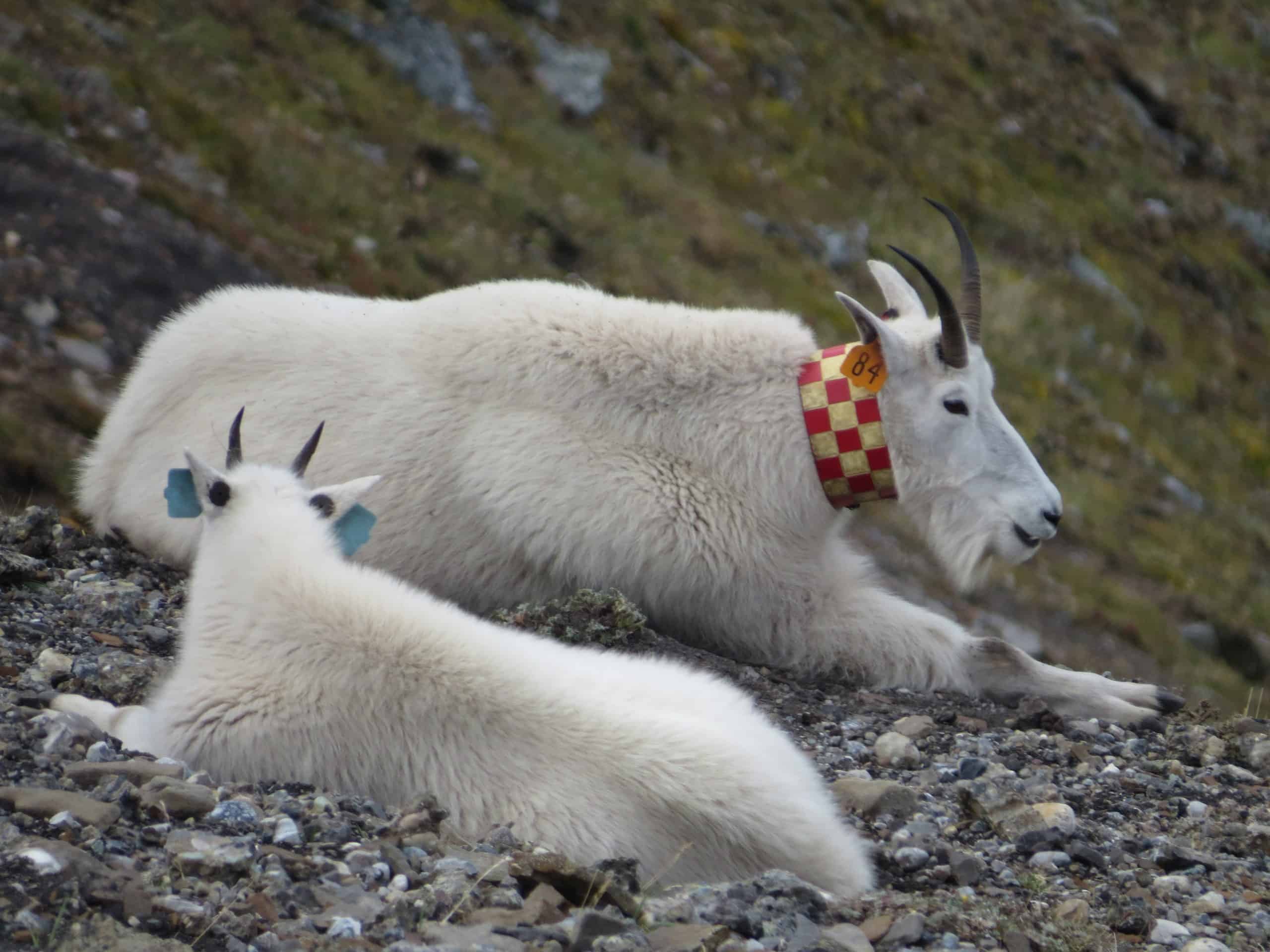
Credit: Frederic Dulude-de Broin
The team kept track of individual goats by fitting them with unique colored collars and numbered ear tags. After observing the reproductive success of the group, they found that when the average stress in the population was high, the proportion of females reproducing was lower.
Research on elk (Cervus canadensis) in Yellowstone National Park showed lower reproduction rates when predators were around but didn’t show signs of higher stress levels. The researchers of that study believed the elk weren’t as stressed in that case because they could escape predators by moving to safer areas. Still, their reproduction suffered, because avoiding predators often drove them away from prime foraging areas.
Enlarge
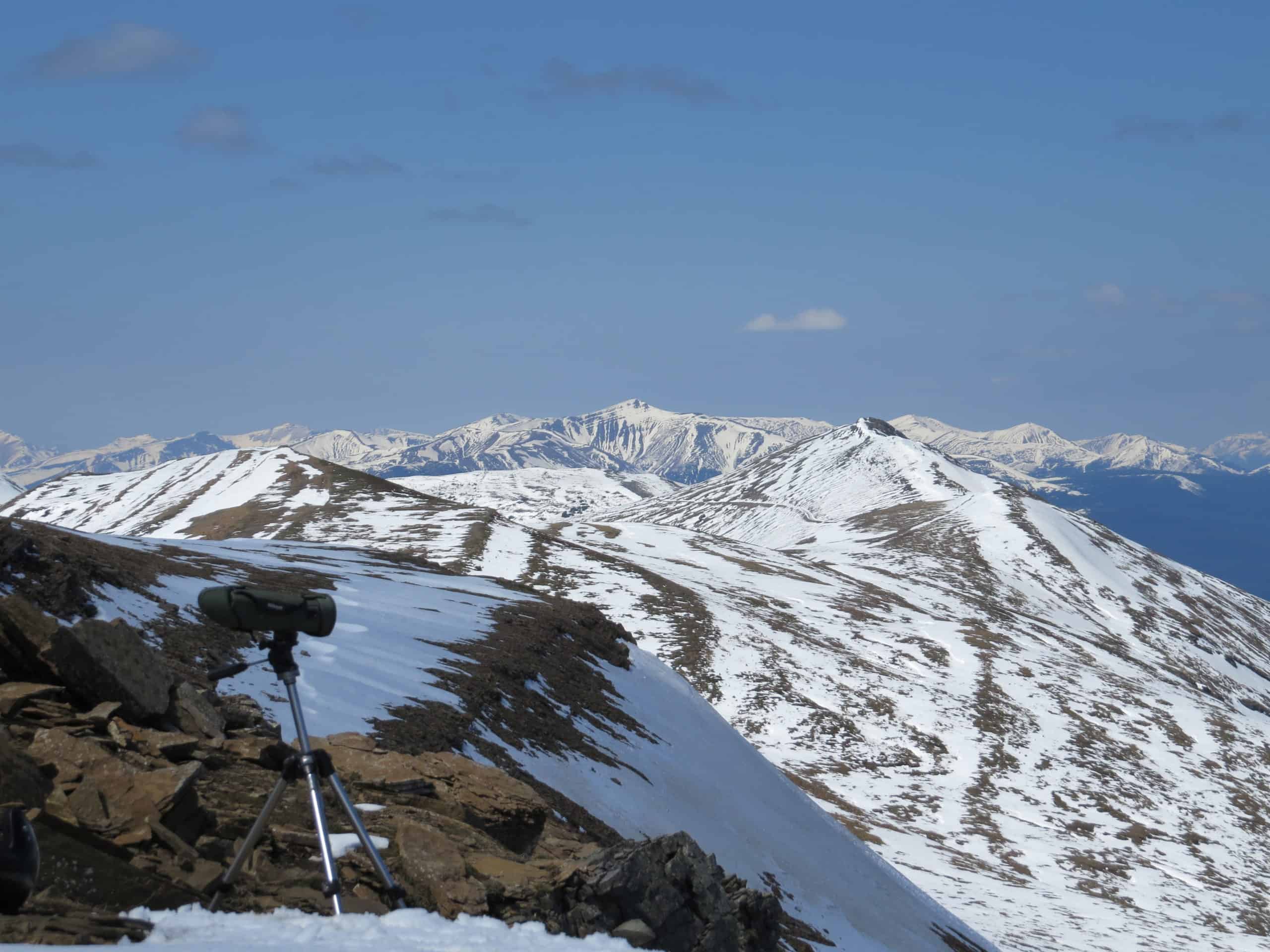
Credit: Frederic Dulude-de Broin
The case of mountain goats in this area was different, Dulude-de Broin said, because the 10-square-mile area at the top of the mountain they occupied was surrounded by inhospitable boreal forest with larger numbers of predators.
“Mountain goats cannot really mitigate predation risk, because they are isolated on top of those mountains,” he said. “There’s basically no immigration or emigration of mountain goats from one area to another in this population.”
While mountain goats aren’t considered at risk in Canada, herds are declining in Alberta and are considered vulnerable in British Columbia, Dulude-de Broin said. Understanding the factors that contribute to dwindling numbers is important, he said.
He believes that this same situation may be happening in other areas, especially where prey are prevented from escaping predators due to human development such as towns, roads and other factors that block habitat connectivity.
“When we change species interaction like that, the impacts can be far-reaching,” he said.
Enlarge
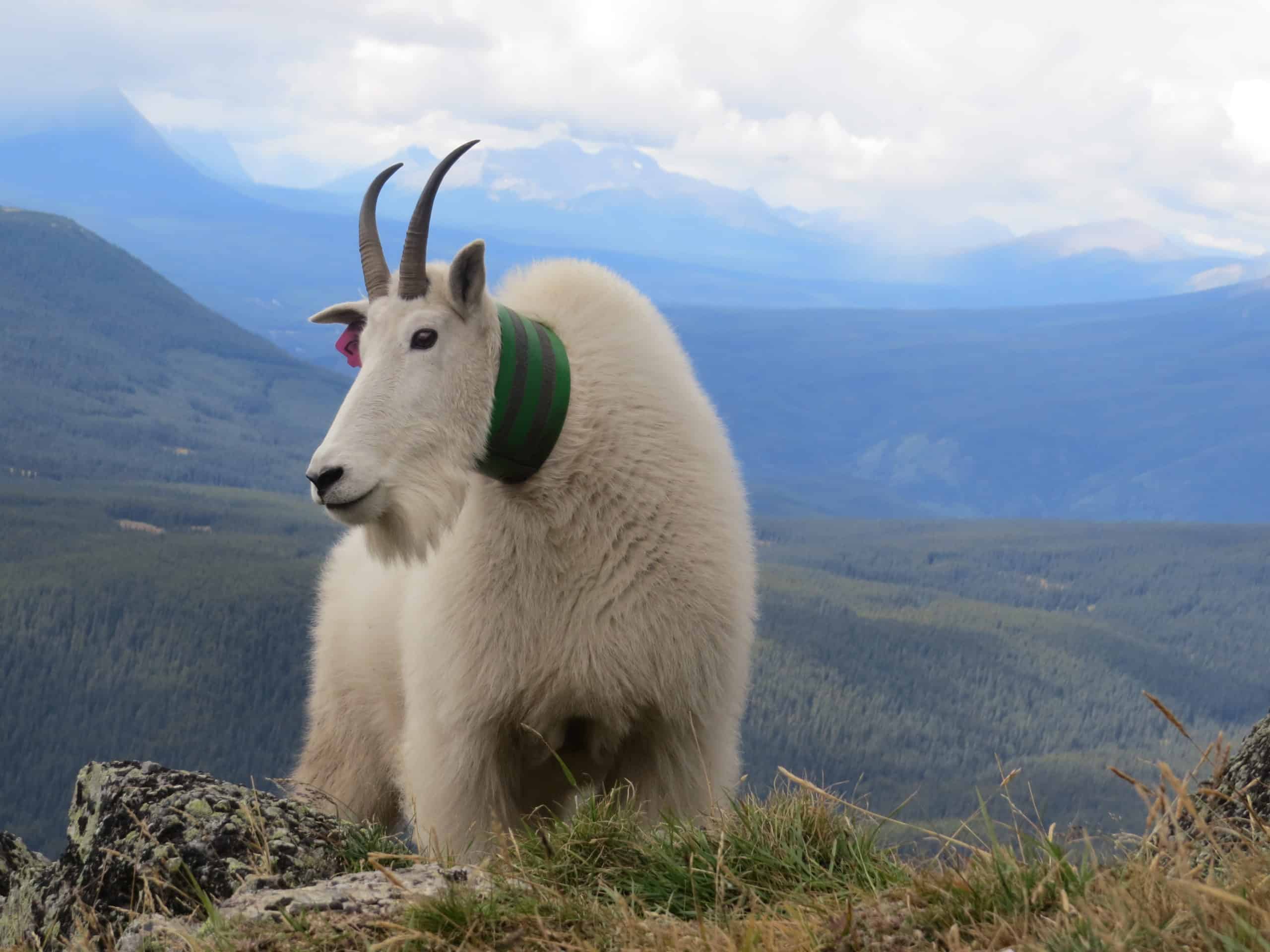
Credit: Frederic Dulude-de Broin
This photo essay is part of an occasional series from The Wildlife Society featuring photos and video images of wildlife taken with camera traps and other equipment. Check out other entries in the series here. If you’re working on an interesting camera trap research project or one that has a series of good photos you’d like to share, email Joshua at jlearn@wildlife.org.
Header Image: Mountain goats experience more stress when predators are around. Credit: Frederic Dulude-de Broin



